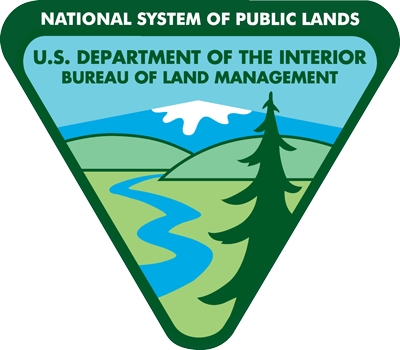Calling All Artists: BLM Seeks Artists-in-Residence At Rogue River Ranch, Cascade-Siskiyou National Monument During Freedom 250 - 01/21/26
MEDFORD, Ore. — The Bureau of Land Management is looking for two Artists-in-Residence: one at the historic Rogue River Ranch National Historic Site and another at the Cascade-Siskiyou National Monument.
The selected artists will have the unique opportunity to capture these public lands during a milestone year as the Nation marks its 250th birthday and the BLM celebrates its 80th anniversary. The artists will receive one- to two-week residencies during the summer to create original work while immersed in some of Oregon’s most remarkable environments.
One artist and one alternate will be selected for each residency based on the following criteria: entry materials, residency proposal, professionalism, and creative vision. Applications must be submitted by Feb. 28. As part of the 2026 program, selected artists will also be part of the Freedom 250 celebration, paying tribute to the historic sites and special lands that have contributed to the Nation’s heritage.
“Artists provide a captivating lens through which we can explore our connection to public lands,” said Joel Brumm, Assistant Monument Manager. “Their work provides a unique perspective on these remarkable landscapes, highlighting our mission and role in public land management as we celebrate our 80th anniversary.”
Rogue River Ranch National Historic Site
The Rogue River Ranch residency will take place between June and August 2026 in a breathtaking setting deep in the Rogue Wild and Scenic River Corridor. The remote outpost is a two-hour drive or a 22-mile river trip from Grave Creek Boat Ramp. The selected artist will reside in the historic house.
Following their residency, the artist will share their vision in a public presentation at the Grants Pass Museum of Art on Oct. 2. Their work will be displayed at the museum for one month and then returned to the artist. The BLM is requesting digital copies of the artwork to promote the Artist-in-Residence program and public lands. The artist retains a non-exclusive use copyright.
In summer 2025, Artist Alisha Whitman created watercolors during her residency. She shared her experience with the BLM.
Artists of all backgrounds are encouraged to apply, and there is no preference given to any style or medium.
Interested artists can learn more information and find an application at the Artist-in-Residence website, by e-mailing Tony Saunders at asaunders@blm.gov, or by calling 541-471-6642.
Cascade-Siskiyou National Monument
The Cascade-Siskiyou National Monument residency will take place in June 2026. The selected artist will be based at a travel trailer at Hyatt Lake Campground while exploring the environment and creating their art. The BLM is seeking visual artists for this residency.
Since 2017, the Artist-in-Residence program has allowed numerous artists to transform the monument's natural and cultural resources into visual art, objects, and performances.
Last year’s Cascade-Siskiyou National Monument Artist-in-Residence was Paul Atkinson, a gifted photographer who spent his time studying and photographing the monument’s unique landscapes.
During their residency, the artist will share their experience and artistic vision in a public presentation. Following the residency, artists are asked to donate an original artwork piece, which they will retain the rights to.
Interested artists can learn more information and find an application at the Artist-in-Residence website, by e-mailing John Duwe at jduwe@blm.gov, or by calling 541-618-2320.
-BLM-
The BLM manages about 245 million acres of public land located primarily in 12 western states, including Alaska, on behalf of the American people. The BLM also administers 700 million acres of sub-surface mineral estate throughout the nation. Our mission is to sustain the health, diversity, and productivity of America’s public lands for the use and enjoyment of present and future generations.
